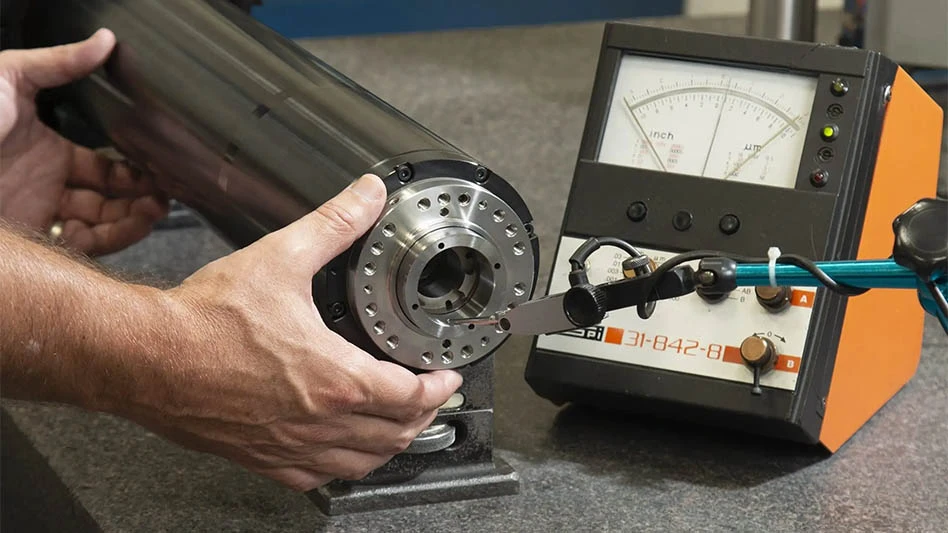
Credit: Wichita State University
The National Institute for Aviation Research (NIAR) at Wichita State University recently completed fabrication and delivery of a full-scale fuselage structural test panel to the FAA’s William J. Hughes Technical Center in Atlantic City, New Jersey.
In partnership with Arconic, Embraer, and NIAR, the FAA is assessing emerging metallic structures technologies (EMST) through test and analysis using the FAA’s Full-Scale Aircraft Structural Test Evaluation and Research and Structures and Materials Lab. Several technologies will be considered including advanced aluminum–lithium alloys and hybrid construction. Altogether, five fuselage panels with various EMST will be designed, fabricated, and tested in this multi-year effort.
This panel is the fourth panel evaluating the fatigue and damage tolerance capabilities of fuselage structure using hybrid Fiber Metal Laminate (FML) as reinforcement between skin and substructures. The upcoming fifth panel will be an optimized version of panel 4 considering weight saving and reducing manufacturing cost.
NIAR engineers collaborated with industry partners to design and fabricate the test panel – with analytical support from Embraer and advanced aluminum sheets and extrusions provided by Arconic. The program also included various test coupon configurations to characterize materials and key design features.
Engineers from the FAA’s technical center are evaluating analytical and inspection methods to ensure accurate design and assessment of these new structures. Full-scale testing is essential for generating data to assess the EMST fuselage concepts on structural performance compared to current baseline aluminum fuselage structures.
NIAR’s Advanced Machining and Prototyping (AMP) and Advanced Technologies Lab for Aerospace Systems (ATLAS) played crucial roles, developing detailed part and assembly drawings, creating manufacturing process specifications, fabricating necessary tooling and autoclaves, and assembling test articles.
Support was also provided by NIAR’s Advanced Materials Lab, where technicians meticulously planned, cut, and laid the aluminum and fiberglass plies onto the skin, resulting in a uniformly co-cured FML-reinforced skin. Industry partners Textron Aviation, CAPPS Manufacturing, and Weatherford Aerospace provided key manufacturing process capabilities needed to accomplish the NIAR team’s fabrication process requirements.
“In support of the FAA’s critical needs and its industry partners, NIAR provides cost-effective and timely design, fabrication, and assembly services based on a solid engineering foundation,” said Paul Jonas, program lead. “By bringing together industry experts, graduate and undergraduate engineers, and state-of-the-art manufacturing and assembly capabilities, NIAR plays a key role in advancing the materials and manufacturing of future aircraft while developing the next generation of aerospace talent in the United States.”
NIAR at Wichita State University provides research, design, testing, certification, and training to the aviation, defense, manufacturing, and related industries. NIAR has a $350 million annual budget, a staff of 1,200, and nearly two million square feet of laboratory and office space in six locations across the city of Wichita, Kansas. Core competencies include Industrial Modernization of Materials and Manufacturing; Digital Transformation and Sustainment Modernization; Test and Evaluation; Engineering, Certification, Modification and Prototyping; System Automation and Digital Manufacturing. NIAR is a department within the division of Industry and Defense Programs at Wichita State.
Latest from Aerospace Manufacturing and Design
- Qatar Airways orders up to 210 Boeing widebody jets
- Digital test indicator offers larger measuring ranges
- AviLease orders up to 30 Boeing 737 MAX jets
- 256-piece general maintenance tool kit
- JetZero all-wing airplane demonstrator achieves milestones
- Cermet indexable inserts for medium turning operations
- Trelleborg acquires Aero-Plastics
- Industrial automation products, enclosed encoders





